Riding Holidays from the Lerma Valley to the Calchaquí Valley
By: Virginia Imberti Posted: 13/11/2020
Ampascachi only offers horse riding holidays in Argentina.
Horse culture is part of Argentina’s traditions.
Exploring this country on horseback is an unforgettable experience.
The Province of Salta on horseback
Would you like to get to know different cultures and go horseback riding through natural and tranquil places?
Start your journey from the city of Salta and discover the Lerma Valley and the route to the Calchaquí Valley on horseback, that will be the right destination for you.
Along the way, you will visit Chicoana, Cachi, Seclantás, Molinos, Angastaco and Cafayate.
The Province of Salta, in northern Argentina, is alive with Argentine traditions and you can see this as you ride from the Lerma Valley to the Calchaquí Valley.
Horseback riding in these two valleys is embarking on a fantastic journey through time and local culture, which is very well represented by the gauchos in rural areas. At the same time, it’s an opportunity to explore truly striking and pristine places that can only be reached on horseback.
From the green and lush jungles of the Lerma Valley to the arid and multi-coloured landscape of the Calchaquí Valley.
Our Peruvian Paso horses take you to small villages frozen in time, whose colonial style is still preserved and where people share their stories and culture with you, especially the local gauchos.

You will start the ride in Chicoana, where you will get the first impressions of the Lerma Valley, and continue to the Quebrada de Escoipe, an unparalleled beauty that portrays the transition from one valley to another. It’s a very special place to camp under the stars and enjoy a wonderful sunrise in the middle of that captivating wilderness.
Then, you head for Isonza to continue through the enchanted valley until you reach Cachi, a typically colonial village, nestled in the heart of the Calchaquí Valley. In Cachi, you can stop off and spend a day sightseeing and visiting its wineries and museums.
After this break, you have the possibility to continue riding to Seclantás where you can travel the Camino de los Artesanos (Artisans Route) and shop for some unique souvenirs. Then, you go to Molinos where we will spend the night at the House of the last Governor of the viceroyalty, converted into a hotel, and after that, we will head toward the Finca del Carmen.
Throughout this horseback route, you will get to see the towns and places we mention, with their old colonial buildings that still look the same way they did during the viceroyalty and where you can meet local people, something you can only experience on horseback. Another great advantage of this tour is the opportunity to stay in magnificent country estates, which have been perfectly restored to welcome our guests.
To finish this adventure, we will leave the horses at the Finca del Carmen to travel by car to Angastaco and Cafayate, home to the tradition and excellent wines of the Calchaquí Valley.
During our horseback riding tour, we will be riding off the main roads, following dry or almost dry riverbeds, across many-colored hills painted by nature.
The charms of Salta
Strolling around the streets and the main square of Salta, you will meet very friendly people who are proud to show our city to visitors, with a cheerful spirit.
Salta is one of Argentina’s provincial capitals with the greatest identity, because of its marked Hispanic physiognomy, which is present in its architectural heritage.
In the evenings, the entire downtown area and colonial churches are beautifully lit with street lamps that take us back to the eighteenth and nineteenth centuries. In every corner, you will see majolica plaques with the names that the streets had at the time of the viceroyalty.
The houses have a single floor and the buildings are rather low, with narrow pavements, especially in the oldest parts of the city. Salta is surrounded by hills, like Cerro San Bernardo and other mountains that separate the Lerma Valley from the Calchaquí Valleys.
You can visit the historic Cabildo and the Museum of High Altitude Archaeology.
The Cabildo of Salta
The Cabildo of Salta is one of the best preserved colonial buildings in Argentina, and it keeps treasures of pre-Columbian civilizations and colonialism.
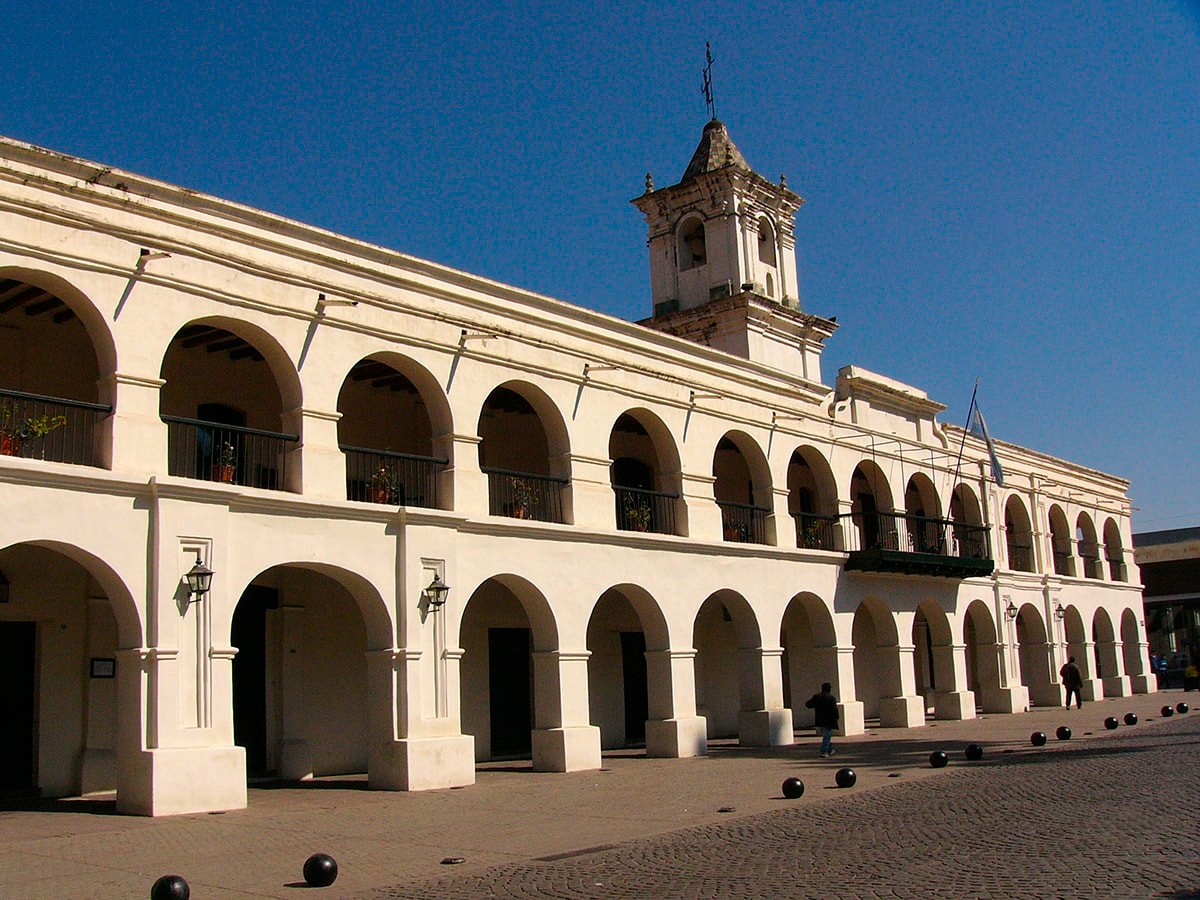
Historic Cabildo of Salta
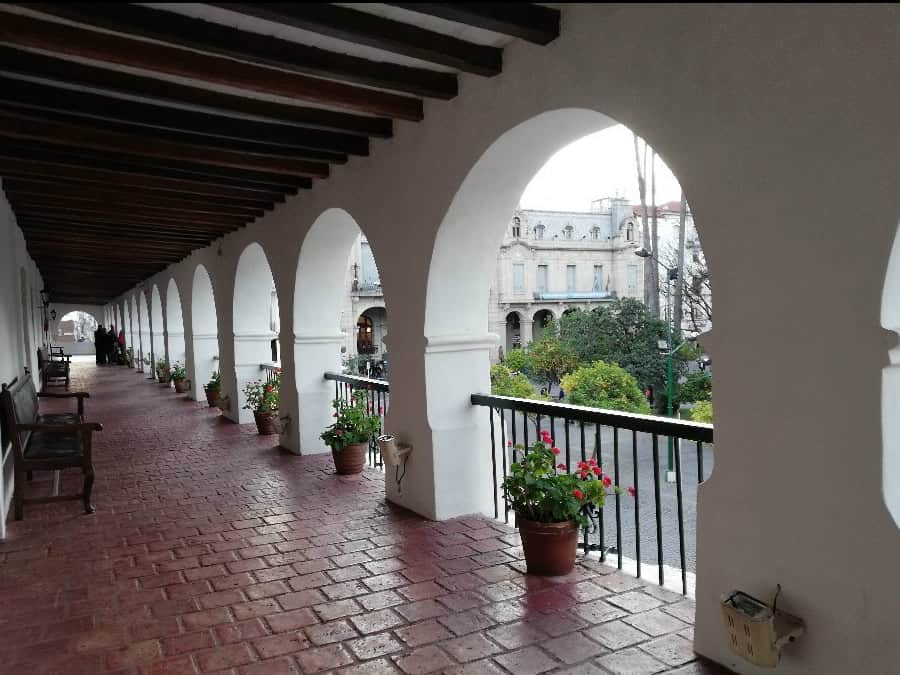
Balcony in the Cabildo
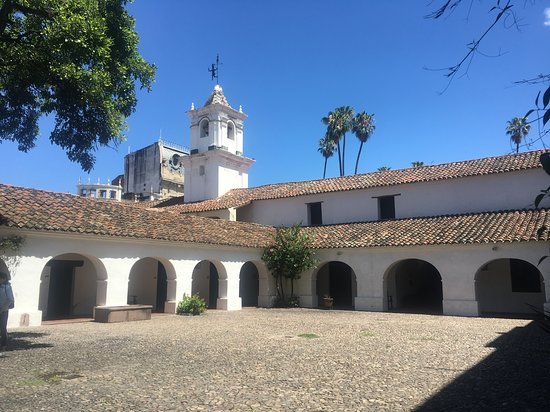
Courtyard inside the Cabildo
Would you like to be part of a group with an equestrian soul?
Join the Ampascachi Community. Obtain exclusive benefits for your holidays.
We tell you how to start, train and take care of your horse.
Interviews with direct providers of riding tours around the world.
Opinions of outstanding equine scientists and personalities in the equestrian sport world.
Museums of Salta
Museum of High Altitude Archaeology
The Museum of High Altitude Archaeology (referred to by its Spanish acronym MAAM) was created to safeguard, study and disseminate the discovery of three Inca mummies called the children of Llullaillaco, which were found in the volcano of the same name – a Sacred Mountain for the Incas.

Museum of High Altitude Archaeology
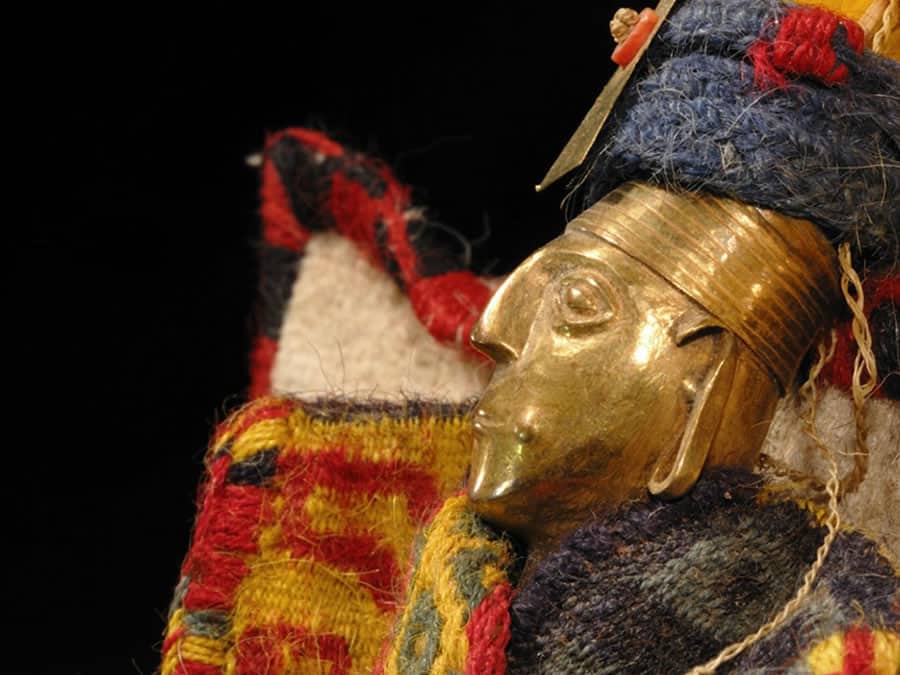
Funerary objects of the mummies of Llullaillaco
It is one of the most important archaeological discoveries of recent times. The remains date to about 500 years ago, during the time of the Inca Empire shortly before the arrival of the Spanish conquistadors.
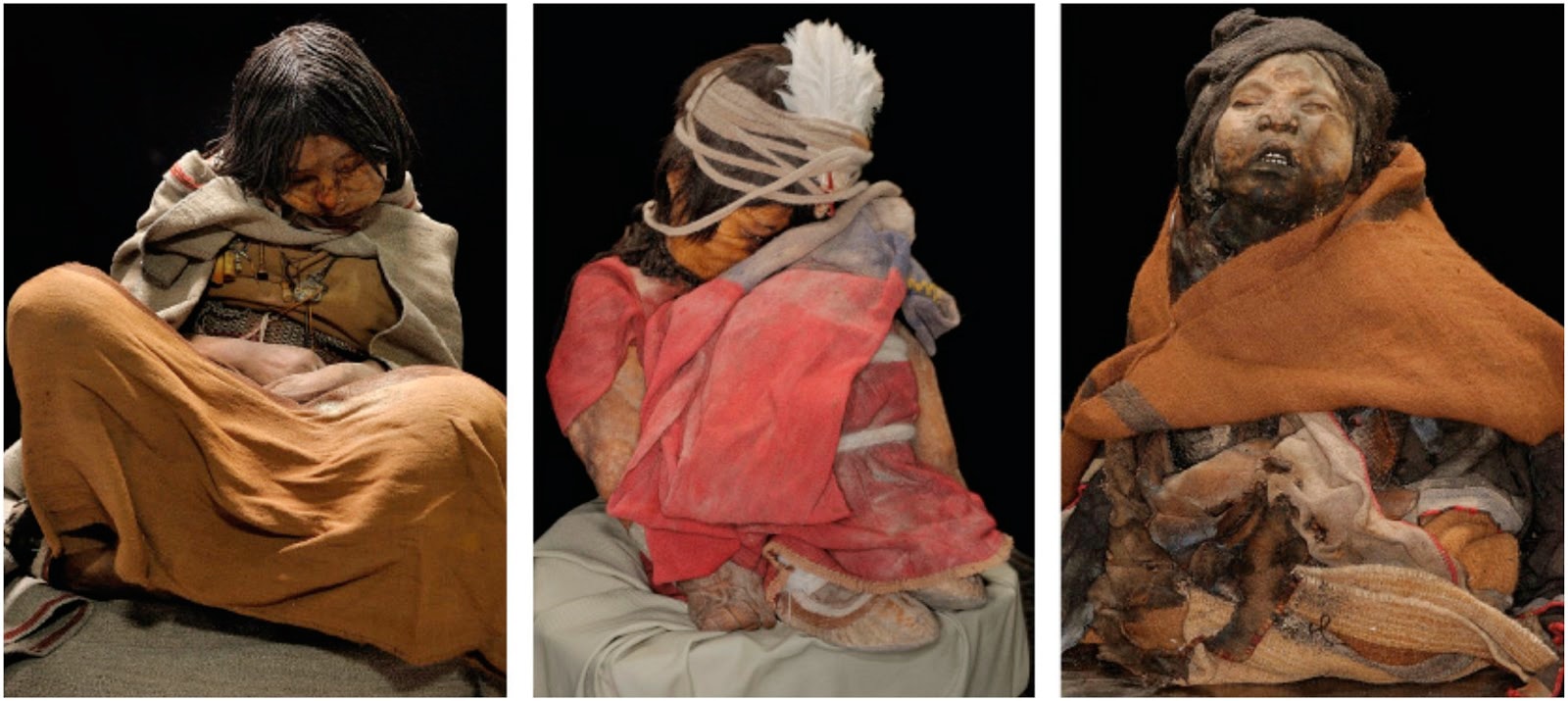
The three Llullaillaco mummies - MAAM
You can also visit other museums; most of them are old colonial houses, carefully restored, where tourists can learn more about our cultural heritage. To mention but a few:
Museum Casa de Arias Rengel

The entrance to the Museum Casa de Arias Rengel

A patio inside the museum
Anthropology Museum
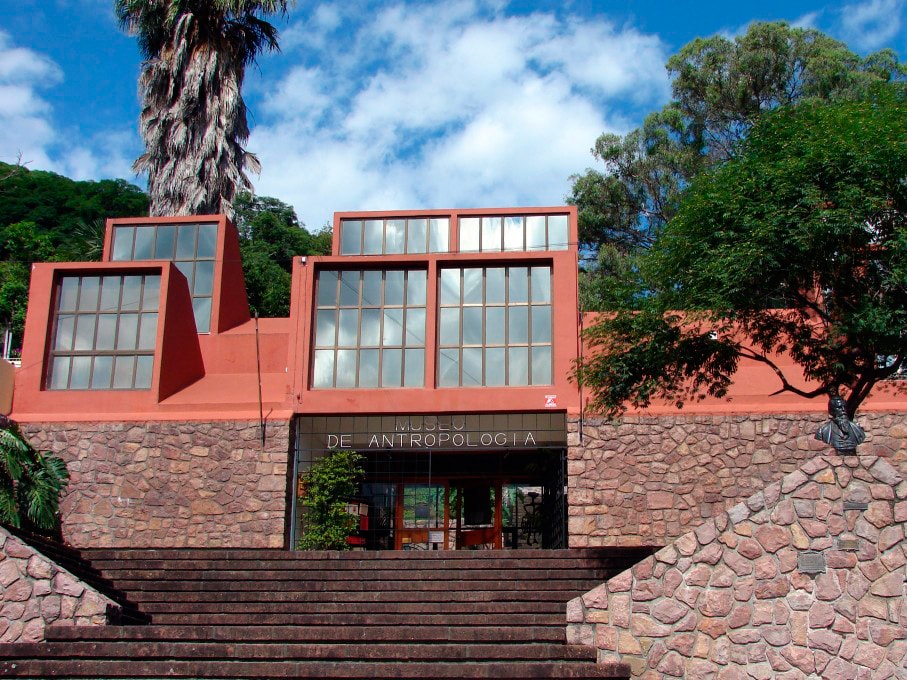
Anthropology Museum Facade
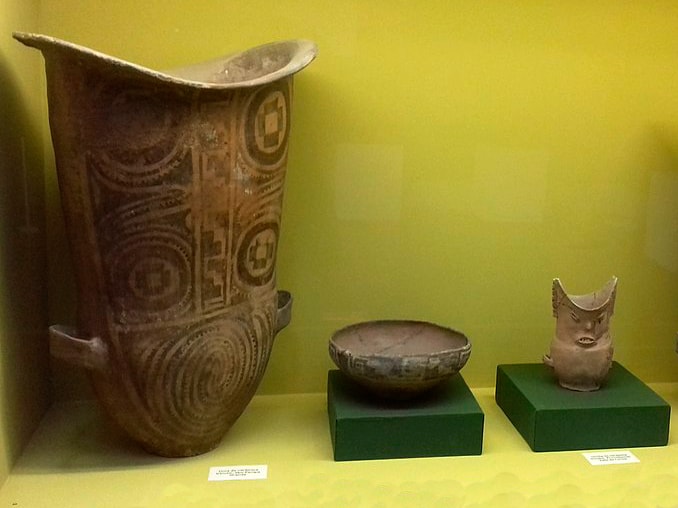
Funeral urns in the museum
Güemes Museum
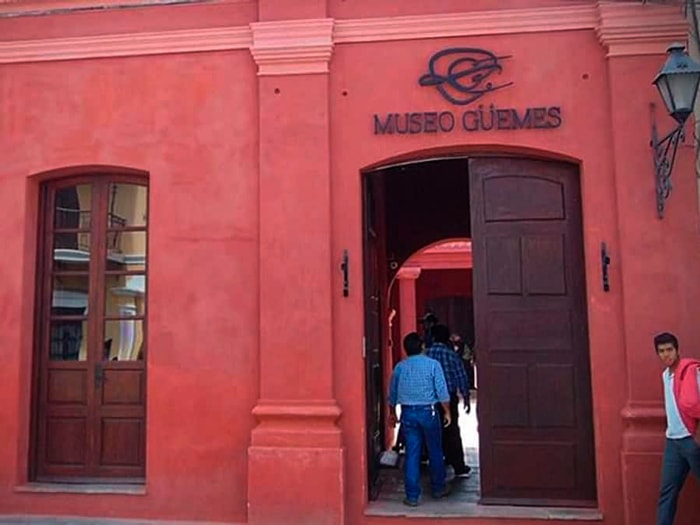
Güemes Museum Facade

Room 2 of the Güemes Museum
Museum Casa de Uriburu

Entrance to the Museum Casa de Uriburu

Patio inside the Museum
Museum Casa de Hernández
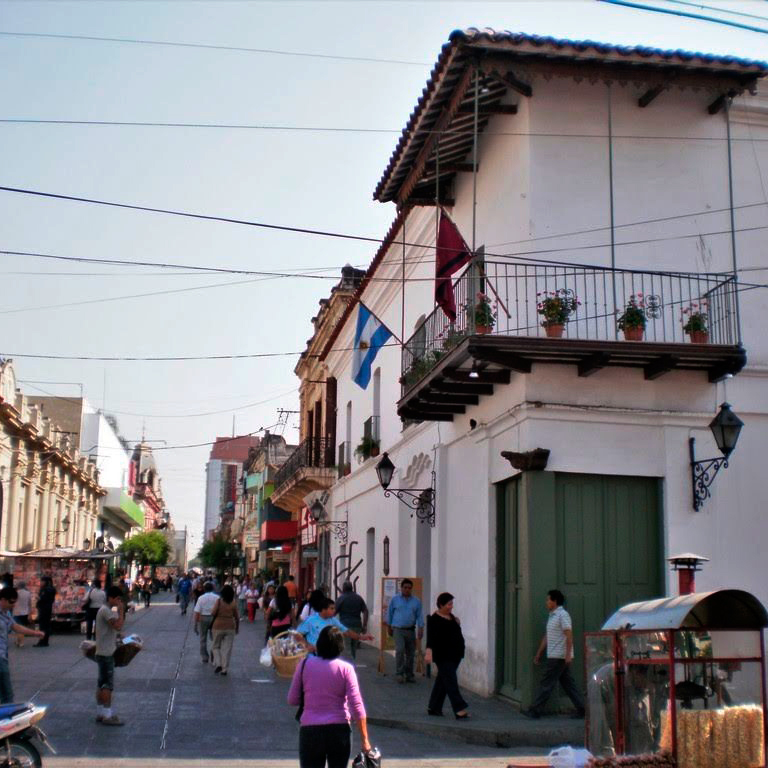
Museum entrance
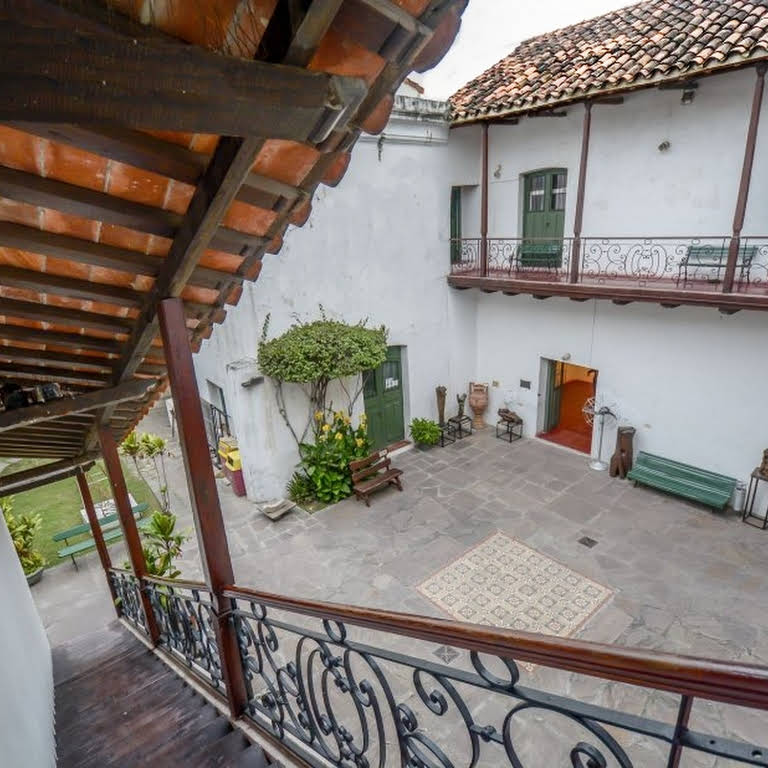
Interior patio
All of them are located very close to the main plaza of Salta.
Religious buildings of Salta
The Cathedral of Salta
To complete the cultural tour of Salta, you can see some of our religious buildings such as the main Cathedral, with its classic Italian-style facade and its three naves featuring an exuberant polychrome ornamentation. It is one of the most important examples of religious art in Argentina.
Inside, we find the so-called Panteón de las Glorias del Norte, a pantheon that keeps the mortal remains of different national heroes such as Antonio de Arenales, Rudecindo Alvarado and Martín Miguel de Guemes, a military leader from Salta who defended north-western Argentina from the Spanish during the Argentine War of Independence.

Cathedral of Salta
San Bernardo Convent
The San Bernardo Convent, an 18th-century architectural gem whose famous main door is a relic made of carob wood and was carved by a native artisan in 1786.

San Bernardo Convent
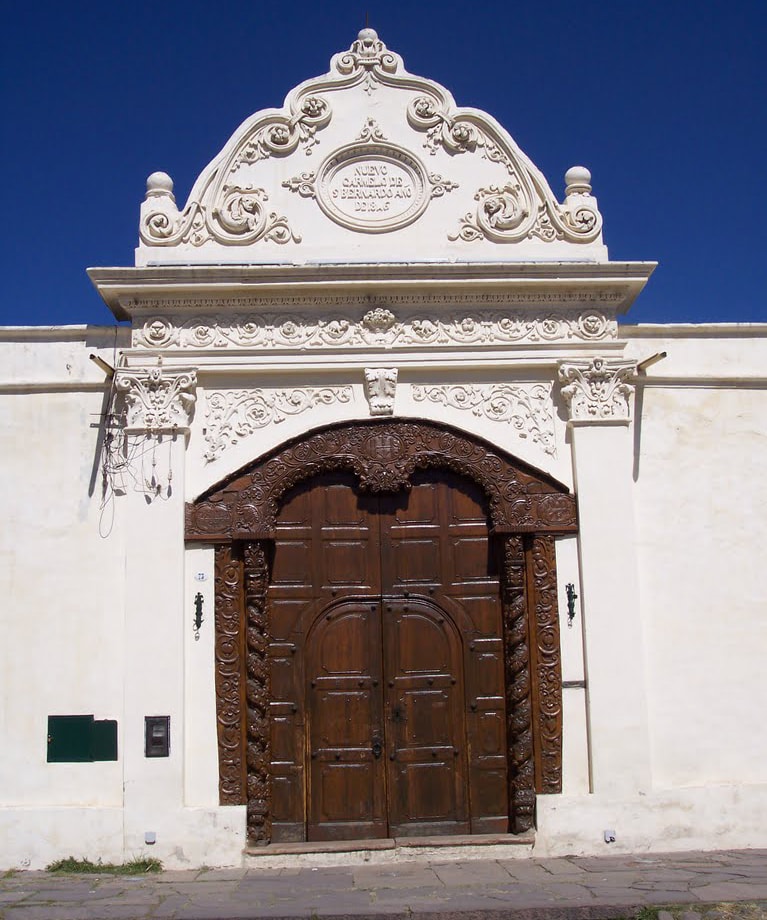
Entrance door of the San Bernardo Convent
Salta nocturna
To round off the Salta tour, before starting your horseback expedition from the Lerma Valley to the Calchaquí Valley, you can discover the city nightlife through its folkloric peñas (music venues), where people sing and dance zambas, chacareras and carnavalitos – different genres of Argentine folk music, which has been influenced by indigenous and European cultures.
In these entertainment venues, locals and visitors alike gather to enjoy delicious traditional dishes such as empanadas, tamales or humitas, and the best wines of Salta.

Folkloric peña in Salta
Horseback riding in the Lerma Valley and the Calchaquí Valley
Colonial small towns and places you can explore on horseback
Chicoana, a gaucho village
Chicoana is a village located 35 km from Salta and it has the most important tobacco plantations in the Lerma Valley.

Plaza of Chicoana
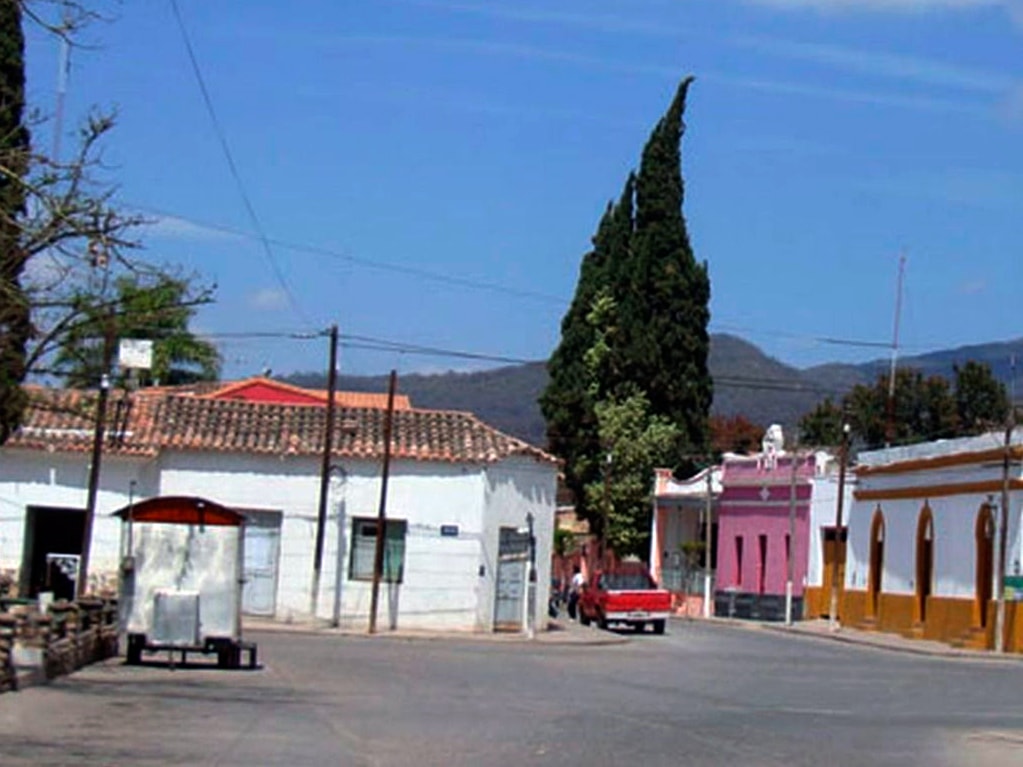
Streets of Chicoana
It is nestled among green mountains, and its colonial houses and the church create a charming atmosphere.
In 1577, Gonzalo de Abreu y Figueroa founded the city of San Clemente de la Nueva Sevilla in the current location of Chicoana, but it was then destroyed three times.
Chicoana was a staging area, a province and a trading post belonging to the Chicoana, a Diaguita tribe that came from Cusco and settled in the Calchaquí Valleys. They were first subdued by the Incas and then by the Spanish.
It is a very traditionalist gaucho village where the Provincial Tobacco Festival and the Tamale Festival take place. The tamale is a traditional Salta dish made from meat and corn.
La Casa de la Tradición
Chicoana is very important to Ampascachi because this is where we keep our Peruvian horses, at our equestrian centre which is located inside a property called La Casa de la Tradición (House of Tradition). The property also houses the headquarters of the squadron of Gauchos led by Colonel Luis Burela. This is the starting point of our horseback tours around Chicoana, the Lerma Valley and the Calchaquí Valley.
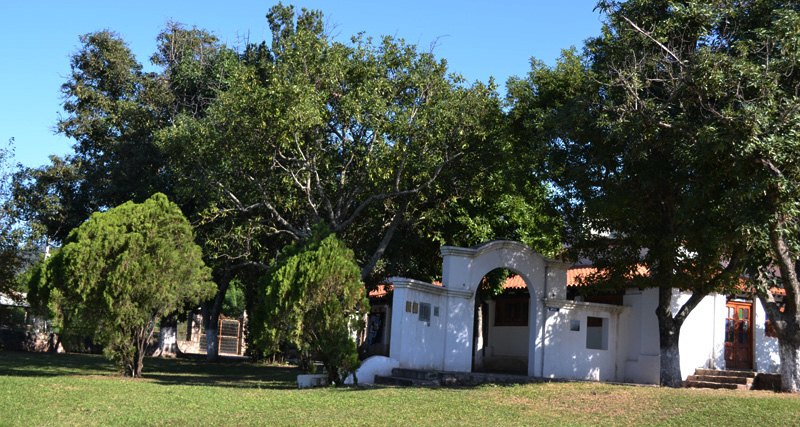
Ampascachi’s equestrian centre at La Casa de la Tradición, which also houses the headquarters of the squadron of Gauchos led by Colonel Luis Burela.
Quebrada de Escoipe
The Quebrada de Escoipe is an opening among the hills, and it’s named for a small village located at the centre of this ravine.
This geological formation stretches from Chicoana to the foot of the Cuesta del Obispo.
The village takes on importance during the patron saint's festival, which is held in a place called San Fernando de Escoipe.
Here, you will ride amidst an enthralling landscape of multi-coloured hills and lush vegetation.
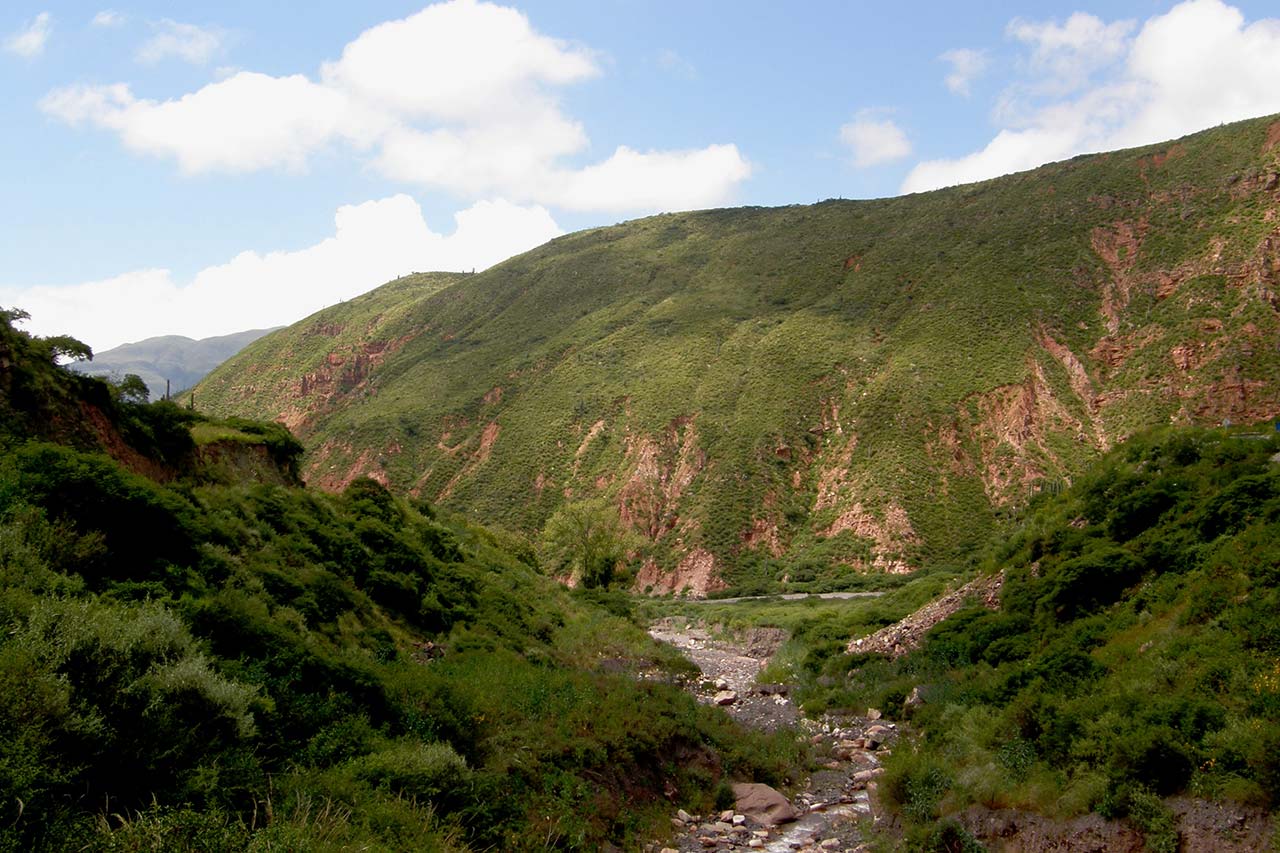
Quebrada de Escoipe
Isonza
Isonza is a small village or hamlet, 130 km from the city of Salta and at 2,800 meters above sea level.
It is a place of strong gaucho traditions and is surrounded by the landscape of the Calchaquí Valleys and the Lerma Valley.

Fortín Gaucho 2 de Abril, Isonza
Every year, the gaucho association, Fortín Gaucho 2 de Abril, together with the local Parish Commission, organizes the Cheese Festival, which is very popular in this region.

Traditions in Isonza
When you arrive in Isonza on horseback, you can really appreciate its natural beauty and be in close contact with its people, local gauchos. Our next stop will be Cachi in the Calchaquí Valley.
Subscribe to the Ampascachi Community and obtain benefits and exclusive content. Furthermore, we offer free advice on horses and equestrian tourism.
What to see in Cachi?
Cachi is in the northern part of the Calchaquí Valley at the foot of the Nevado de Cachi, the highest peak of the valley (6,400 meters), and it surrounds the village from the west.
It sits on the Calchaquí River, at 2,516 meters above sea level.
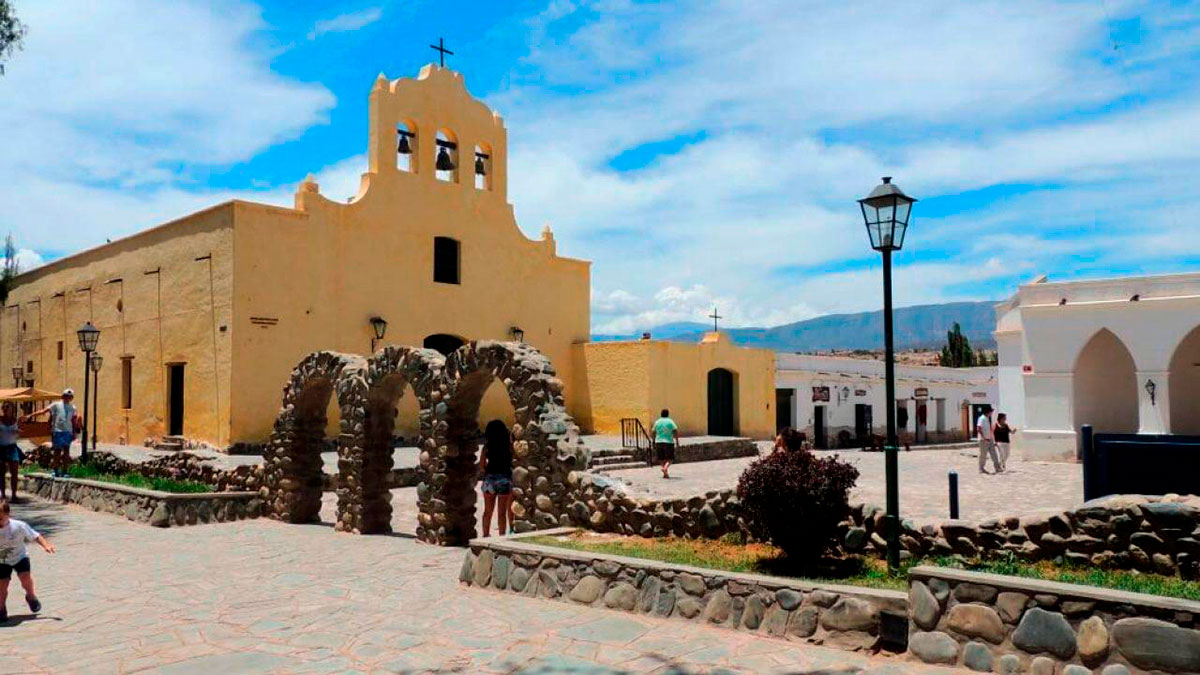
Plaza de Cachi
Around the main plaza, you can see the characteristic colonial style of its adobe houses painted white and flanked by the Church of Cachi, a 16th-century building that today features a neo-Gothic style dating from the nineteenth century. The village’s special and very representative appearance unveils its rich past – the colonial period and the pre-Columbian era. When you discover all this on horseback, those visions and emotions will remain engraved on your memory and your heart forever.

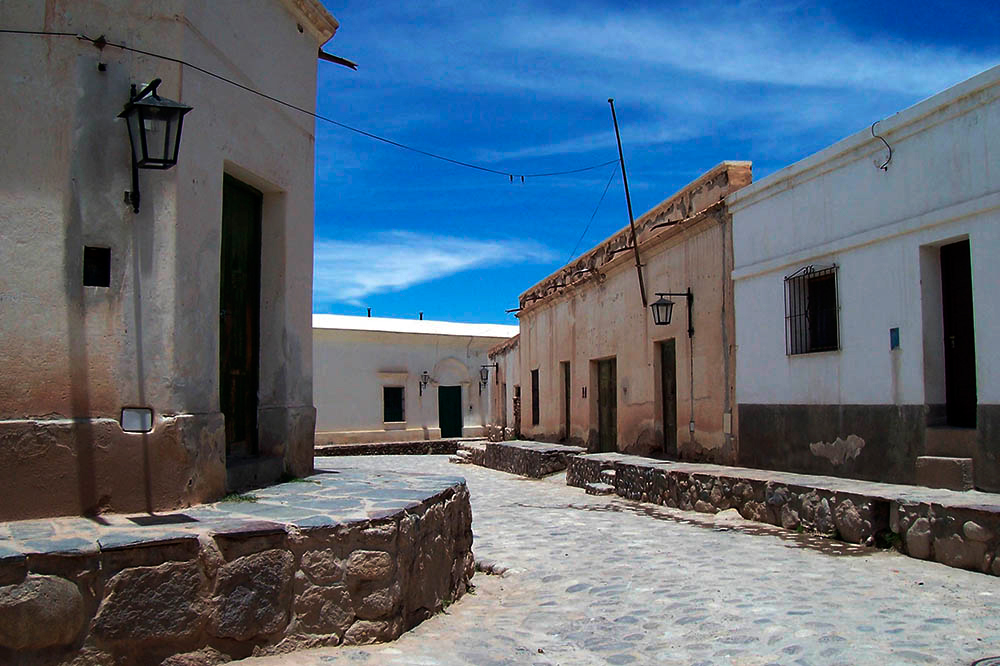
Streets of Cachi
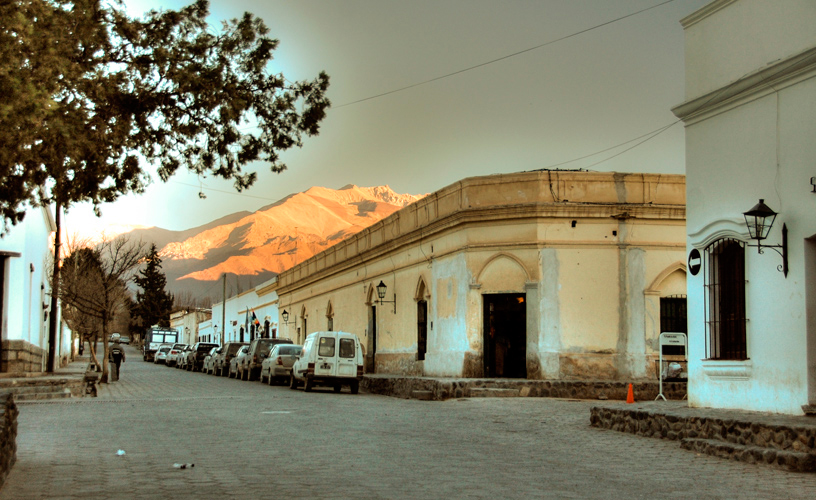
A street of Cachi and panoramic views of the hills
You can stay overnight in Cachi to rest from all the riding and spend a day sightseeing, visiting the plaza or the church, or enjoying a wine tasting tour at a nearby winery.
Archaeological Museum Pio Pablo Díaz
Another place that is really worth visiting is the Archaeological Museum Pio Pablo Díaz where mostly ceramic pieces are exhibited. They bear testament to 10,000 years of human life in this area.
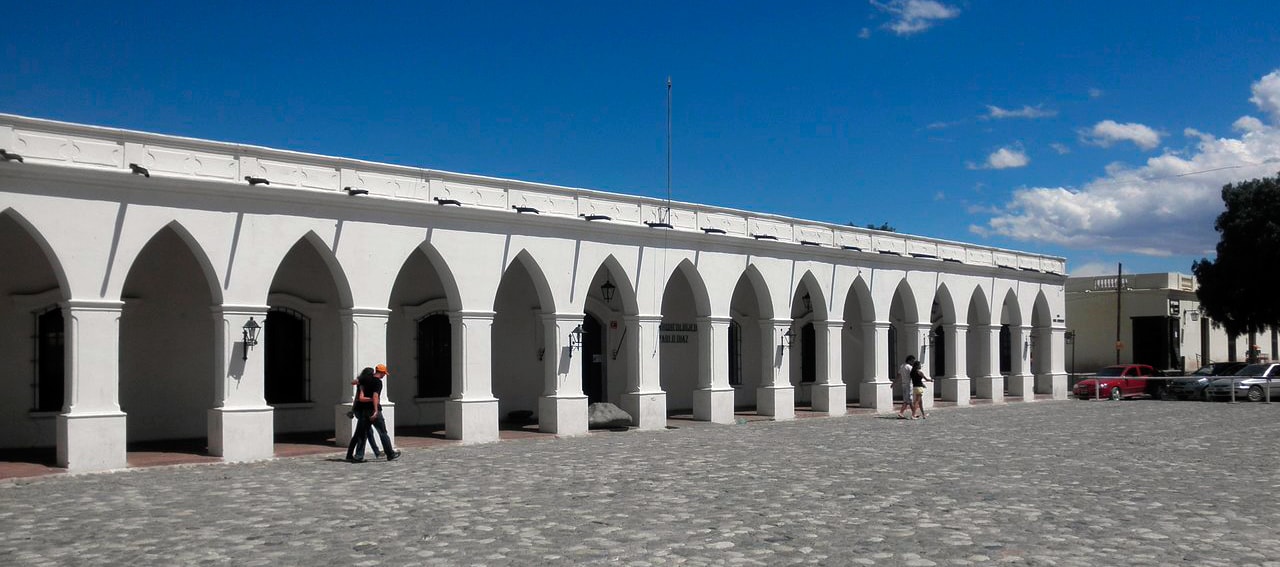
Archaeological Museum Pio Pablo Díaz

Ceramic vase 100 b. C

Funeral urn
Visiting Seclantás
Seclantás is an old village of the Calchaquí Valley, located on the banks of the river of the same name, and at 2,100 meters above sea level. With its typical colonial architecture, this place was home to many artisan weavers, hence it is considered the cradle of the poncho salteño (a typical poncho from the province of Salta).
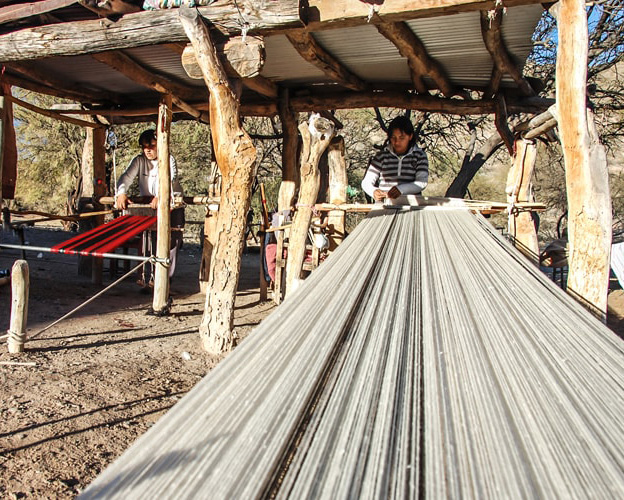
Artisan weavers and their looms
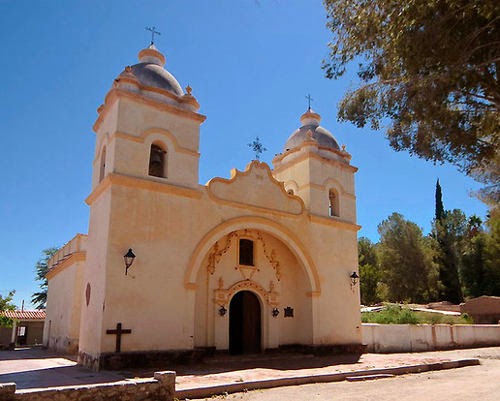
Church of Seclantás
A horseback ride along its streets and the main square, discovering the church and its surroundings, is a unique experience.
In 1814, these Calchaqui lands were the meeting point of the patriots who helped Belgrano in the struggle for independence from the Spanish rule.
Seclantás is strategically located in the middle of other towns and places with great historical and tourist interest.

Seclantás and its religious traditions

Streets of Seclantás
Today, people’s life practically revolves around a main street. Houses with cool porches and impeccable facades, whose ceilings are made of reeds and mud cakes.
The climate here is dry and arid, with sunny days and very cold winters.
Molinos and its history
This town, founded in the mid-seventeenth century, is a place of great historical significance and breath-taking beauty.
In 1775, the son of Domingo de Isasmendi, Nicolás Severo, inherited the hacienda which became considerably prosperous.
Isasmendi was the last realist governor of Salta.
Today, the chapel and the hacienda house are still preserved.
Opposite the hacienda, which today is a hotel - "Hacienda de Molinos" - we can see the church of Molinos, where Don Nicolás Severo de Isasmendi was buried. He ordered the church to be built in the late eighteenth century.

Hacienda de Molinos is now a hotel

Patio inside the Hacienda
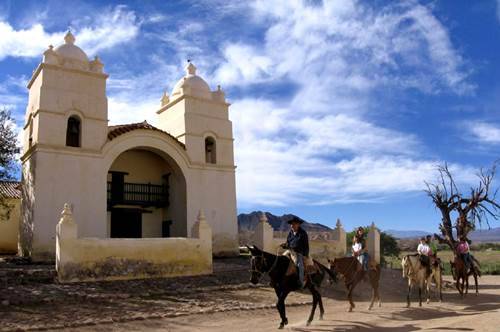
Molinos church
The church has ancient imaginary and it was declared as National Historical Monument in 1942.
Like other typical towns of the Calchaquí Valleys, Molinos is a quiet place of narrow streets lined with adobe houses, large windows with bars and chamfered corners.
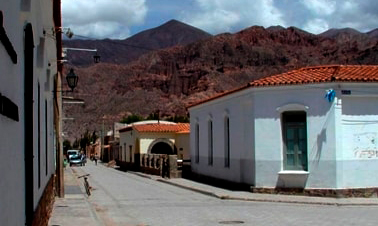
Streets of Molinos
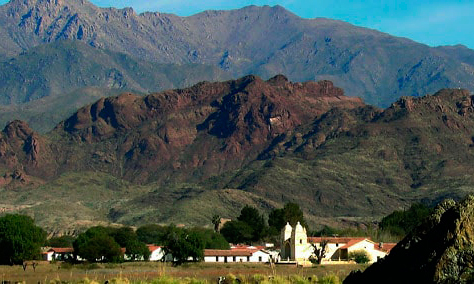
Panoramic view of Molinos and its surroundings
The landscape has a palette of colours that range from terracotta mixed together with ochre and green resulting in many-colored hills of unique beauty.
Laguna de Brealito
Laguna de Brealito, an enthralling place that we will explore on horseback before we get to Angastaco.

Laguna de Brealito
Angastaco
The horseback route from the Lerma Valley to the Calchaquí Valley usually ends at a ranch called Finca del Carmen, very close to Angastaco.

After an overnight stay on the farm, you can travel by car to the small town of Angastaco and then continue to Cafayate.

Church of Angastaco
The Calchaquí Valley always surprises visitors. Sometimes with the intricate shapes of the mountains or their unbelievable colours.
Angastaco keeps for itself a whim of shapes and hues, except for the colour of the sky which is exclusive, private and non-transferable.
Angastaco is located in the heart of the mountains, in a valley, crossed by the river of the same name, which flows from Pucará and empties into the Calchaquí River.
There’s something about this place that will surely catch your attention – the contrast between the intense green shades of the crops and the sandy soil of the valleys.
Anyone who has ever visited Angastaco feels stunned at its charms and the desire to contemplate these wonders again and again.
La Quebrada de las Fechas
Near the village, on our way to Cafayate, we find the Quebrada de las Flechas (Ravine of the Arrows), a lunar landscape chiselled patiently by nature, especially in the "Ventisquero" Pass and the "Arrow" Pass.

Quebrada de las Flechas, Angastaco, Province of Salta
You can pass by this place a hundred times and every time you will find new, almost endless combinations of shapes and colours.
Cafayate and its vineyards
The town of Cafayate is located in the beautiful Calchaquí Valley, about 190 km south of the city of Salta.

Cathedral of Cafayate
It is surrounded by extensive vineyards that have become increasingly popular due to the production of quality wines - Torrontés, a white wine grape varietal, with a fruity and dry character; and the red wines Cabernet Sauvignon and Malbec.

Esteco Winery
Sunny days and cool evenings all year round create the perfect climate for vine growing.
Cafayate has a wide variety of tourist attractions. From the endearing mountain landscapes safeguarding the vineyards to the many cultural options you have, such as museums and the Artisans Market. Don’t miss the wine tasting tours and the exquisite local cuisine.
Why this horseback route from the Lerma Valley to the Calchaquí Valley?
Because in a few days, you can ride around the same places that once witnessed many historical events that took place during the colonial period.
Because northern Argentina is full of history and tradition, especially Salta, the Lerma Valley and the Calchaquí Valley.
Because this horseback route enables you to visit unspoiled places, discover some charming small towns and stay in old guest houses where time seems to stand still and where gaucho traditions are still alive.
Because these natural beauties are unique in the world and you will be really surprised when you are close to them.
Because this journey from the Lerma Valley to the Calchaquí Valley, on a Peruvian Paso horse of Ampascachi Horse Riding Holidays is an unparalleled experience.
Because you will see places that can only be reached on horseback or on foot, and at some point, you will have to spend the night in a camp, but you will be rewarded with a sky full of stars, which seem to shine brighter in these valleys.
Because the majestic landscape and the cultural legacy of pre-Columbian America can only be discovered and appreciated when you travel on horseback, which is the passion we share with you.
Do you like Argentina as your next horse riding holiday destination?
We encourage you to download the catalog of our horseback riding tours in Northern, Central and Western Argentina. Discover Argentina on the back of a Peruvian horse and with our team of equestrian tourism experts.
~
THIS COULD ALSO BE INTERESTING
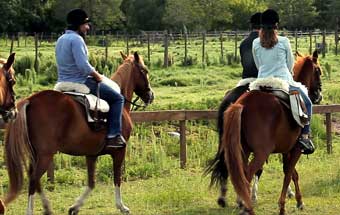
8 benefits of riding horses
8 physical and psychological benefits of riding: exploring mountains and valleys, observing landscapes, galopping on plains.
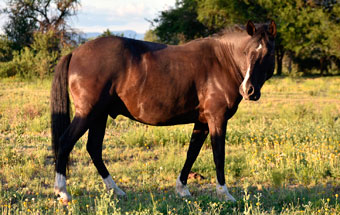
Peruvian Paso Horse I – Origin of the breed
We explain in detail why the breeders of Peruvian Paso Horses believe that we have an equestrian jewel in our hands.
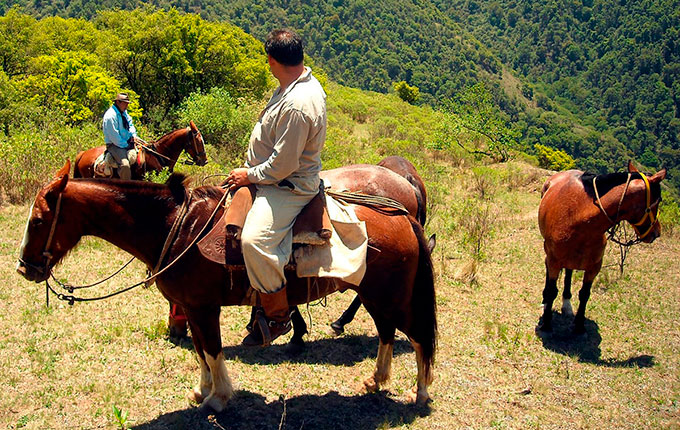
Sightseeing in Salta & horse riding in the Lerma Valley
Salta’s old town & a horse riding surrounded by the geological formations & exceptional colours of the Lerma Valley captivate all riders who visit Argentina.
~
WHAT IS YOUR OPINION? LEAVE A COMMENT
Planning your horse riding holidays?
Join the Ampascachi Community. You will get exclusive advantages and guidance for your next horse riding holiday.


 German
German French
French Spanish
Spanish